Nature's Original Diaper Service
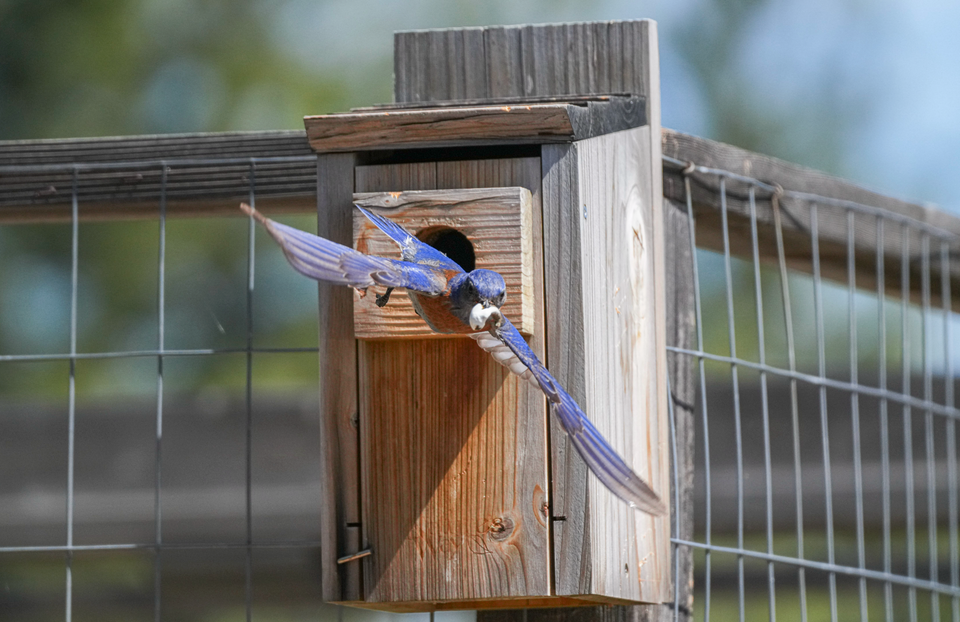
Birds are busy nesting everywhere right now, and as every parent knows, raising babies takes a lot of work!

Feeding hungry babies alone is exhausting. Birds that are raising babies typically make 300-400 trips a day to the nest with food, and tree swallows have been documented bringing 8000 food items a day to their nests!
My favorite anecdote is the study where scientists fed a baby American robin a continuous line of earthworms to see how much it could eat, and the baby ate 14 feet of earthworm before it was full! Multiply this effort by four babies at the same time and that's a huge amount of work for parent birds.
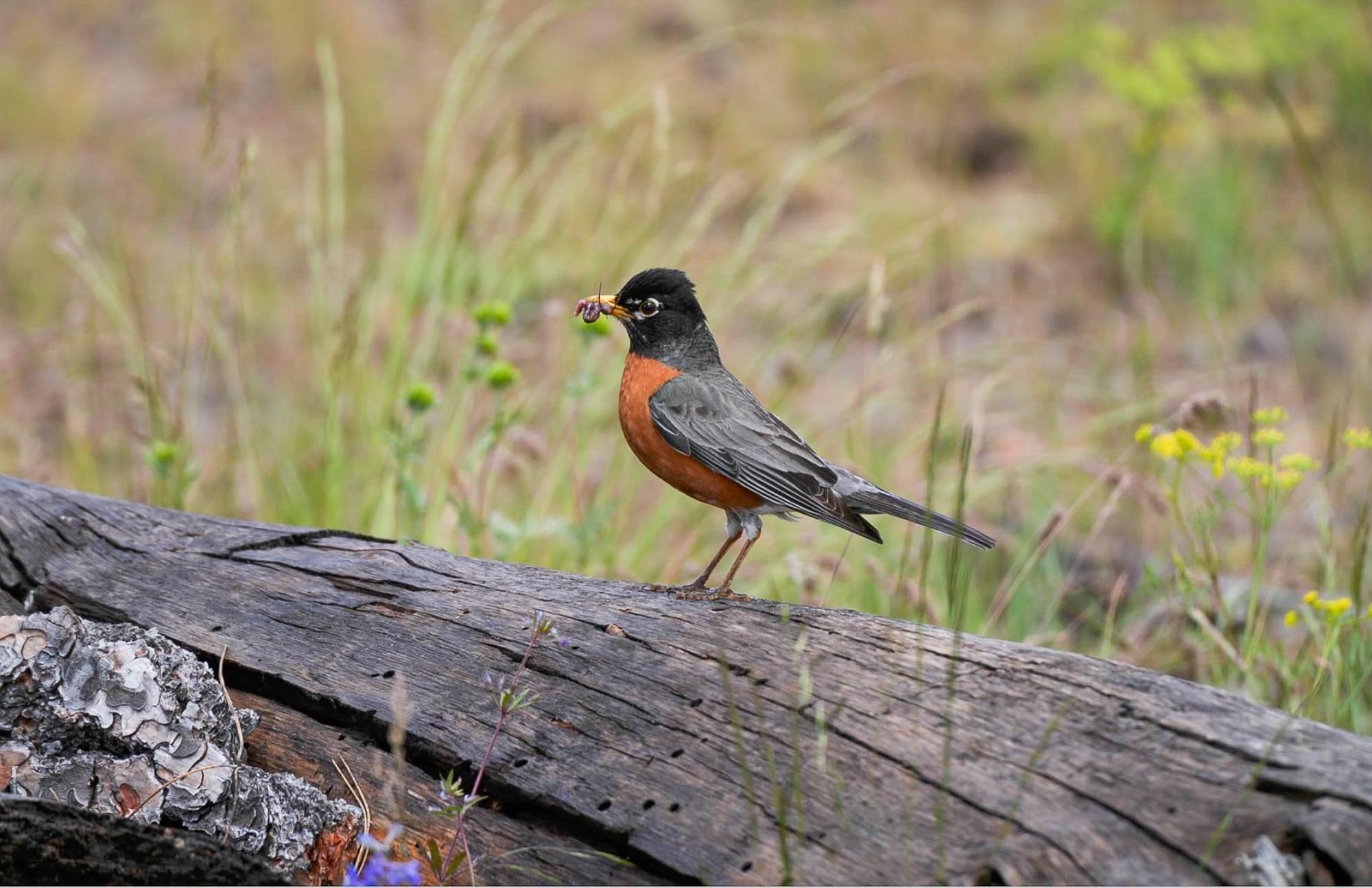
But what goes in must come out, and babies produce a lot of output! Leaving all that poop in the nest would create a horrible, stinky mess, so many birds have an elegant solution—the babies package their poop in a mucous membrane called a fecal sac.
This tidy package—essentially a portable diaper—is then picked up by adults when they visit the nest. Babies typically produce a fecal sac within seconds of eating, but if a baby takes too long, an impatient parent might poke the baby's bottom with its beak to stimulate a defecation.
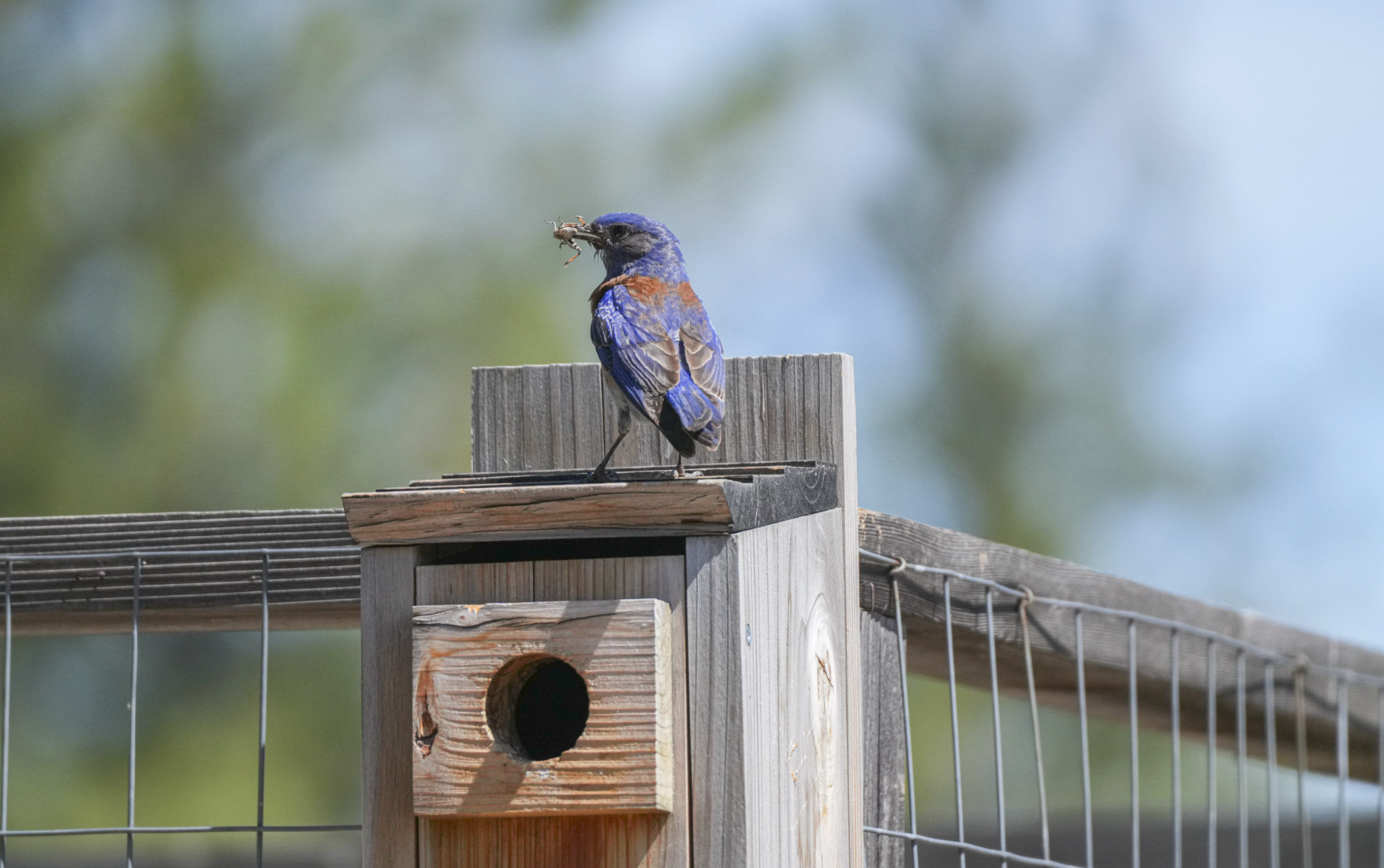
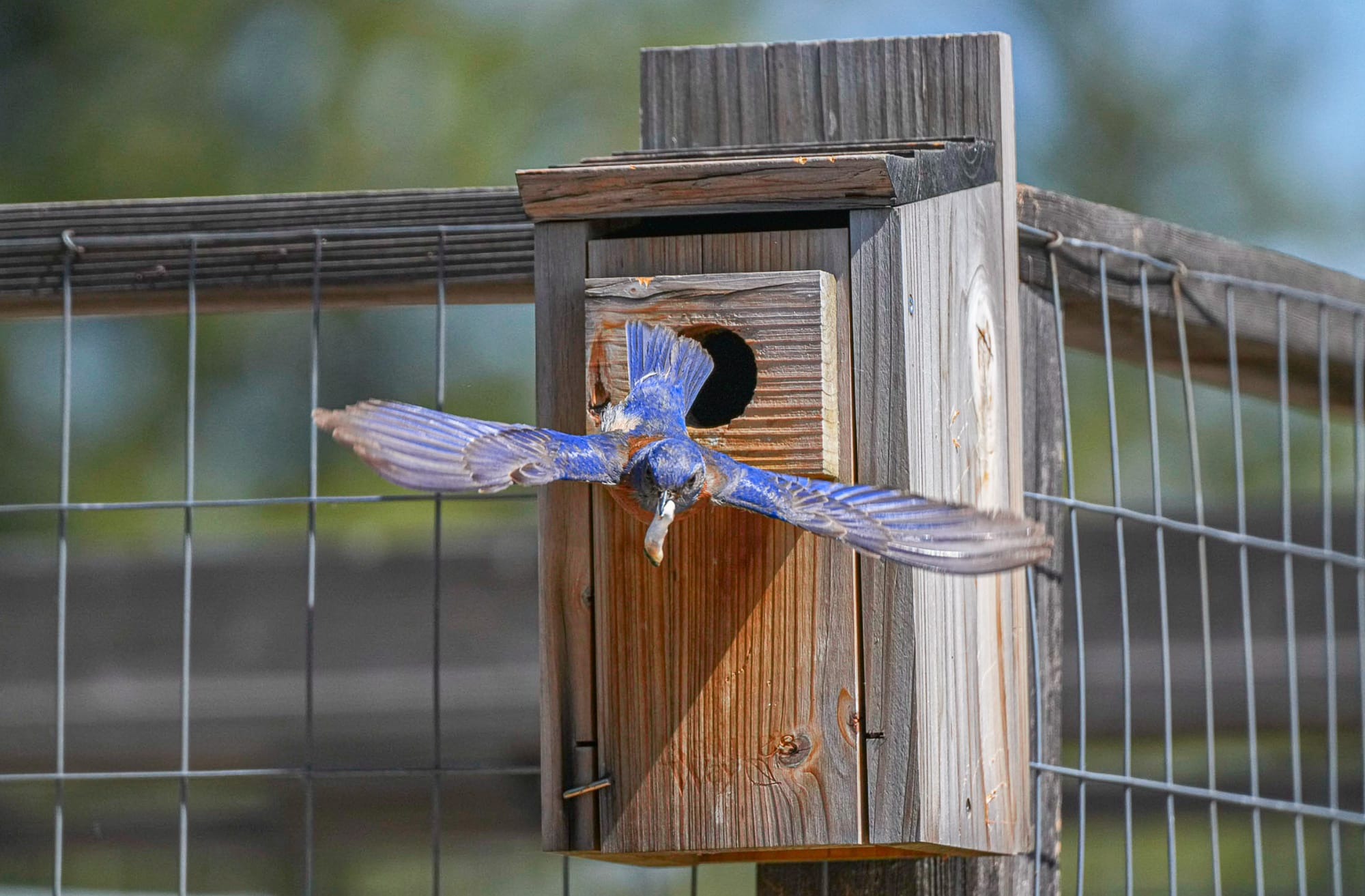
What happens next varies widely. When the babies are young, the parents might simply eat the fecal sac. This sounds gross but it makes a lot of sense because a baby's digestive system is inefficient when it's young so this wastes perfectly good nutrients that hungry parents can use.
However, parents generally carry the fecal sac some distance from the nest (at least 100 feet) then drop it, place it on a branch, bury it, or put it in water where it dissolves without a trace.
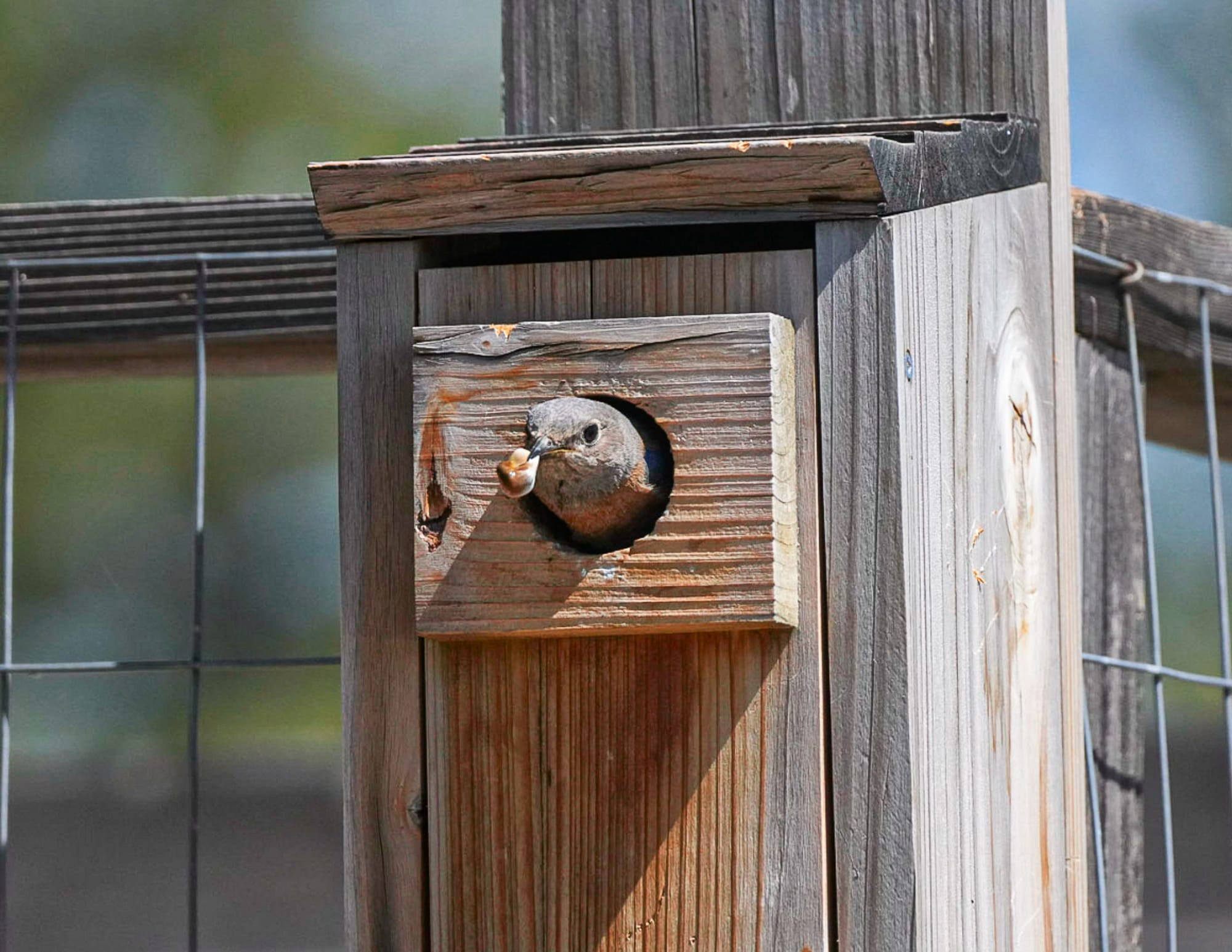
Scientists are still not exactly sure why bird produce fecal sacs, or why parents spend precious time and energy carrying them away from the nest. Though this behavior is a significant part of the nesting process, only a handful of researchers have focused on this topic or tried to answer these questions.
You could say that we've barely wiped the surface.

Member discussion